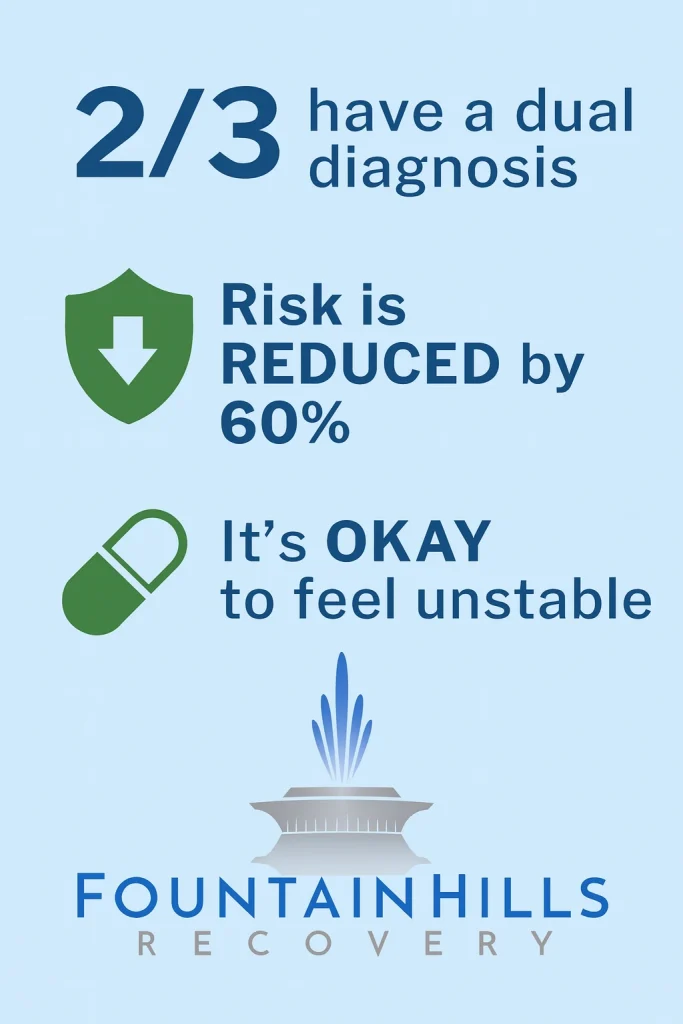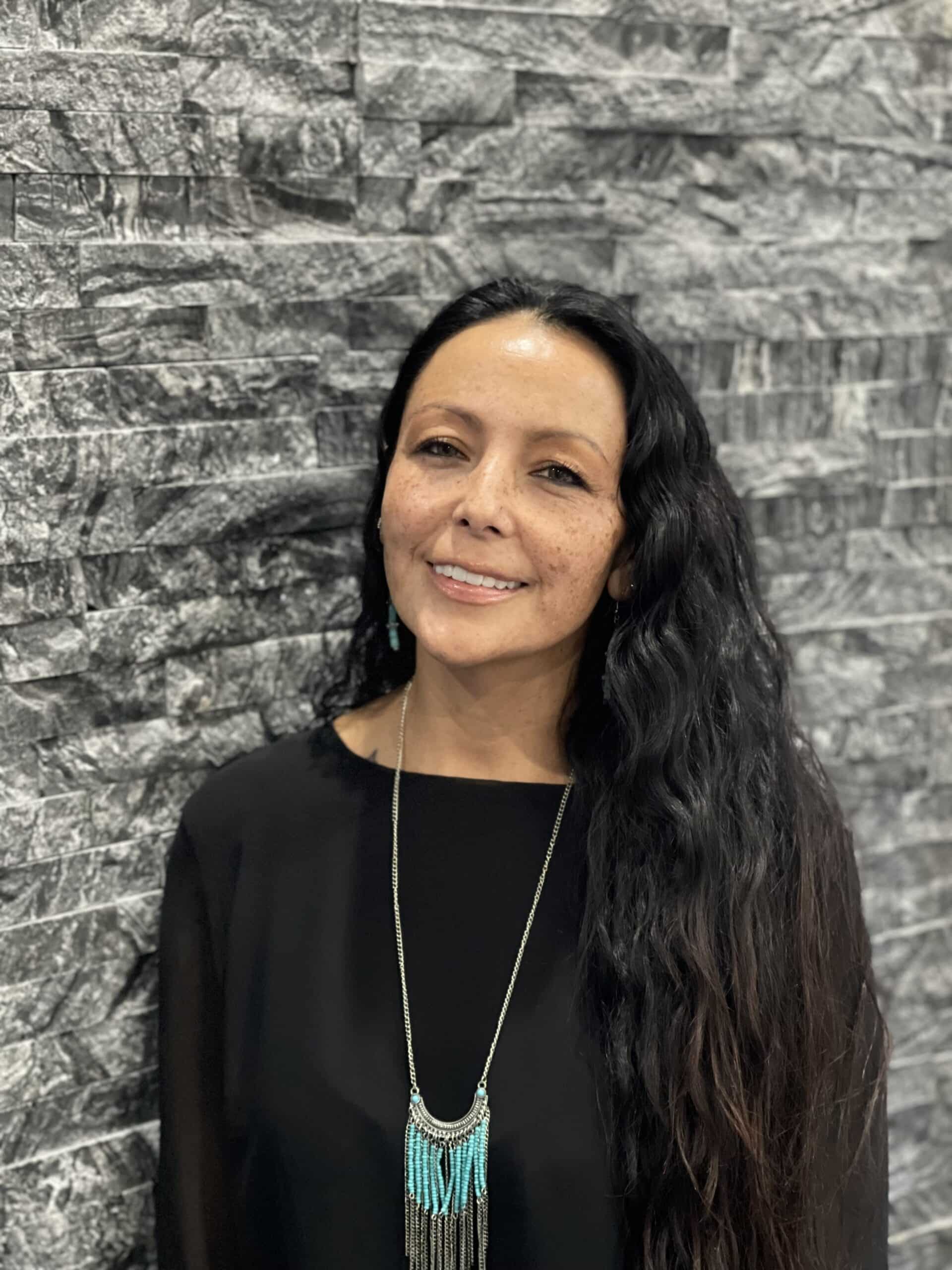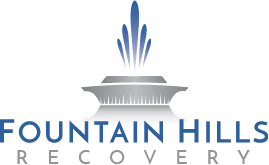I used to tell myself I wasn’t suicidal.
I didn’t have a plan, and I didn’t really want to die. I just wanted to stop feeling like this—like I was walking through life underwater, too heavy to reach the surface.
I remember lying in bed one night, staring at the ceiling, trying to find a reason to care about tomorrow. And that quiet voice in the back of my mind whispered, “You don’t have to do this anymore.”
That whisper scared me. Not because it meant I wanted to die—but because I realized I didn’t want to live like this anymore.
That’s what led me to dual diagnosis treatment at Fountain Hills Recovery. I didn’t expect it to change everything. I just wanted somewhere safe enough to stop pretending I was okay.
It Wasn’t Just Depression. It Was All of It.
Before treatment, I thought I had a “mental health problem.” I didn’t realize I was carrying multiple layers of pain.
Some days, my anxiety made it impossible to leave the house.
Other days, my depression kept me from showering, eating, or returning texts from people I loved.
And then, when it all got too loud, I’d drink—just to take the edge off.
I told myself I didn’t have a problem. That I was just “tired.” That everyone uses something to cope. But when I finally walked into Fountain Hills Recovery, I was shaking from more than just exhaustion. I was empty.
That’s when someone first said the words dual diagnosis. It meant I wasn’t crazy or broken—it meant there was a reason everything felt connected. My mental health and my substance use weren’t two separate issues. They were tangled together.
The Moment I Finally Felt Seen
The first night at treatment, I didn’t talk much. I sat in a small group circle with a blanket wrapped around my shoulders, listening to strangers tell stories that sounded eerily familiar.
One woman said, “I didn’t want to die. I just wanted the pain to stop.”
That sentence cracked something open in me.
Because that was exactly how I felt—but I’d never said it out loud.
In that room, surrounded by people who understood without judgment, I felt something I hadn’t felt in years: safety.
Dual diagnosis treatment gave me language for what I’d been carrying. Trauma, depression, anxiety, addiction—they weren’t moral failures. They were symptoms of pain I’d never been given the tools to face.
What Makes Dual Diagnosis Treatment Different
If you’ve ever felt like therapy didn’t “work” for you, or that medication helped but not enough, you’re not alone. That’s exactly why dual diagnosis treatment exists—to connect the dots that traditional care often misses.
At Fountain Hills Recovery, the process went deeper than just talking or medicating. It integrated everything—my mind, my body, my story.
Here’s what that looked like for me:
- Trauma therapy helped me understand where my hopelessness came from—not just how to suppress it.
- Medication management gave my brain the stability to actually engage in therapy.
- Group sessions helped me realize I wasn’t the only one who’d felt invisible.
- Holistic therapies like mindfulness and art gave me a voice when words felt too heavy.
They didn’t rush me. They didn’t force optimism. They just stayed with me until I could see small moments of light again.
Learning That Suicidal Thoughts Don’t Define You
No one wants to admit they’ve had suicidal thoughts. But pretending they don’t exist doesn’t make them go away—it just makes you feel more alone.
At Fountain Hills Recovery, I learned that suicidal ideation doesn’t always mean a wish to die. Sometimes, it’s your mind’s way of saying, “I’m at my limit.”
When the team explained that, I felt relief. For once, someone understood that I wasn’t being dramatic—I was in pain.
I started to see my thoughts not as a threat, but as a signal.
A message that I needed something different.
And treatment helped me find that “something.”

The First Time I Said “I Want to Stay”
Healing didn’t come all at once. It showed up in small, quiet moments.
Like the morning I woke up and realized I’d actually slept through the night.
Or the afternoon I laughed—really laughed—for the first time in months.
But the moment I’ll never forget was sitting on the back patio at Fountain Hills Recovery, the Arizona sun warming my face. I remember thinking, “I want to be here for this.”
Not forever. Not everything. Just this one moment of peace.
And that was enough to keep going.
You’re Not “Too Much.” You’re Just Untreated.
If you’ve ever been told you’re too emotional, too sensitive, too complicated—please hear this:
You’re not too much. You’re just hurting without help.
The pain that makes you feel unlovable is usually the same pain that taught you to survive. And when the right people help you untangle that pain, something beautiful happens—you realize you’ve been worthy all along.
That’s what dual diagnosis treatment gave me: a space where I didn’t have to prove I deserved to stay alive. I just had to show up.
Fountain Hills Recovery didn’t try to fix me. They helped me feel safe enough to heal.
Why Fountain Hills Recovery Was Different for Me
I’ve been in therapy before. I’ve talked to doctors. But Fountain Hills Recovery felt different.
It wasn’t sterile. It wasn’t rushed. It felt like a home designed for people like me—people who were too tired to pretend, but not ready to give up.
The staff didn’t see me as a “case.” They saw a person.
They remembered my name. They noticed when I skipped meals. They celebrated tiny victories, like the day I finally opened up in group or went a full day without hiding behind a smile.
That kind of care isn’t transactional—it’s human. And when you’ve lived in silence for years, that humanity means everything.
FAQ: Understanding Dual Diagnosis Treatment
What is dual diagnosis treatment?
Dual diagnosis treatment addresses both mental health disorders (like depression, anxiety, or PTSD) and substance use issues at the same time. It recognizes how these conditions interact and builds a treatment plan that supports both.
Why is treating both issues together important?
When only one issue is treated, the other often triggers relapse or continued distress. For example, untreated depression can make sobriety harder to maintain, and substance use can worsen mental health symptoms. Dual diagnosis treatment tackles both together for lasting recovery.
How long does treatment usually last?
It varies for each person. Some people spend several weeks in residential care, while others continue outpatient therapy afterward. Fountain Hills Recovery creates individualized plans based on each person’s needs and pace of healing.
Is it normal to have suicidal thoughts during recovery?
Yes—and it doesn’t mean you’re failing. Healing can bring up painful emotions you’ve been suppressing. What matters is that you’re in a safe place with professionals who know how to support you through it.
How can I start dual diagnosis treatment in Fountain Hills, AZ?
You can call (800) 715-2004 or visit Fountain Hills Recovery’s dual diagnosis treatment page. The team will guide you through the first steps with care, confidentiality, and compassion.
When You’re Ready, We’re Here
You don’t have to be ready to live forever. You just have to be ready to stay today.
Fountain Hills Recovery gave me a place where staying didn’t feel impossible—it felt safe. And that was enough to begin again.
📞 Call (800) 715-2004 or visit to learn more about dual diagnosis treatment services in Fountain Hills, AZ.
You deserve a place that feels safe enough to keep you here. Let this be that place.





